Welcome to the Solo Traveler’s Guide to Planning a National Park Adventure! If you’re planning a trip to one of the over 400 national parks in the United States, you might feel overwhelmed about where to begin. But don’t worry, we’ve got you covered! Here are some helpful tips to make your solo trip a success.
1. Choose Your Destination

When picking a destination for your national park adventure, the first step is to research the parks available. If mountain ranges are your thing, perhaps consider heading to Rocky Mountain National Park or Yosemite. If you are a beach-goer, why not check out Acadia National Park or the Everglades? The National Park Service’s website is an excellent resource for learning about which park(s) are the fit for your interests and skill level.
Some parks, like Yellowstone or Glacier, can experience unpredictable weather changes year-round, while parks in the desert may be scorching hot during the summer. Researching a park’s landscape and climate could help you plan your trip according to the activities you plan on doing; so make sure to note any pertinent updates before finalizing your plans.
2. Consider the Time of Year
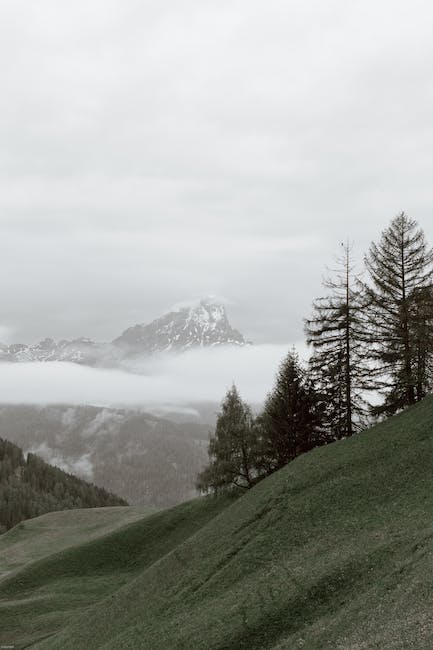
Choosing the right time of year for your visit is crucial, as it can greatly impact your national park experience. For instance, peak tourist seasons may mean longer lines and more crowds, especially during summers or holiday weekends. If you’re searching for fewer tourists and cooler temperatures, perhaps plan to visit during the off-season or fall.
Also, take note of any park closures that might be in effect due to seasonal changes, weather or COVID related restrictions. By taking into consideration the season and any changes that come with it, you can plan a trip that will be more enjoyable for you.
3. Plan Ahead

Planning ahead is imperative when solo traveling to national parks. It’s always important to make the necessary calls, book any permits, campsites or tours, and check for any changes or additions to their policies well in advance of your trip. This will save you the last-minute hassle of booking or adjusting your schedule.
Additionally, don’t forget to have a detailed itinerary drafted that you can share with trusted friends and/or family before leaving. This will give a sense of security to both you and people back at home, and you can also get feedback or a different perspective from them in regards to your plans.
4. Pack Smart
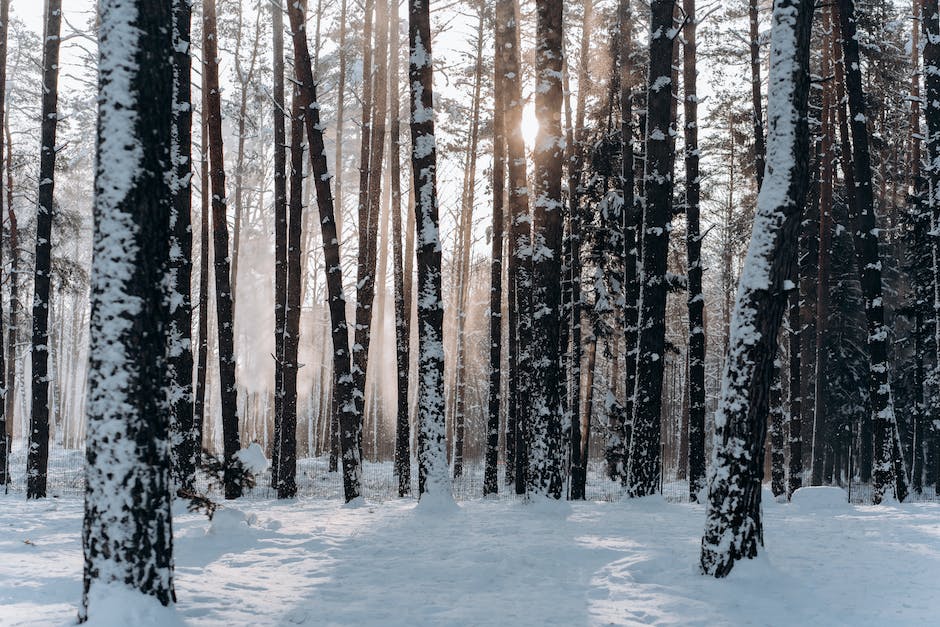
The right gear, equipment, and supplies can make or break your national park solo adventure. You have to make sure you have enough water, snacks, and a first-aid kit, and that they are accessible in case of an emergency. Packing appropriately for the expected weather and climate of the park is also essential.
If you’re not familiar with the terrain, it’s always best to be over-prepared. Bring layers of clothing, a warm jacket, a hat, sun protection, hiking boots or shoes, and comfortable clothes for lounging and exploring.
5. Practice Safety
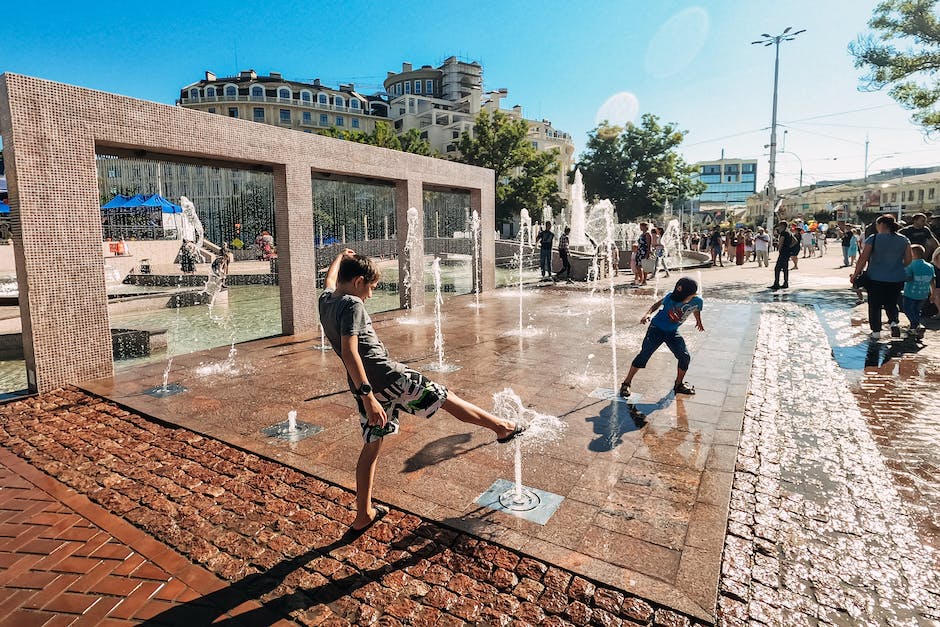
Being safe on your solo national park trip is a must, as you are ultimately responsible for your wellbeing. Before heading out on any hikes or excursions, let someone know your plans for the day or simply what park you’re visiting, and a rough timeline of when to expect contact from you.
Moreover, staying aware of your surroundings is crucial in any unfamiliar environment. Ensure you have a working phone and extra battery, and don’t be afraid to alert the authorities or seek help if you sense danger or urgency in your travels.
6. Budget Appropriately
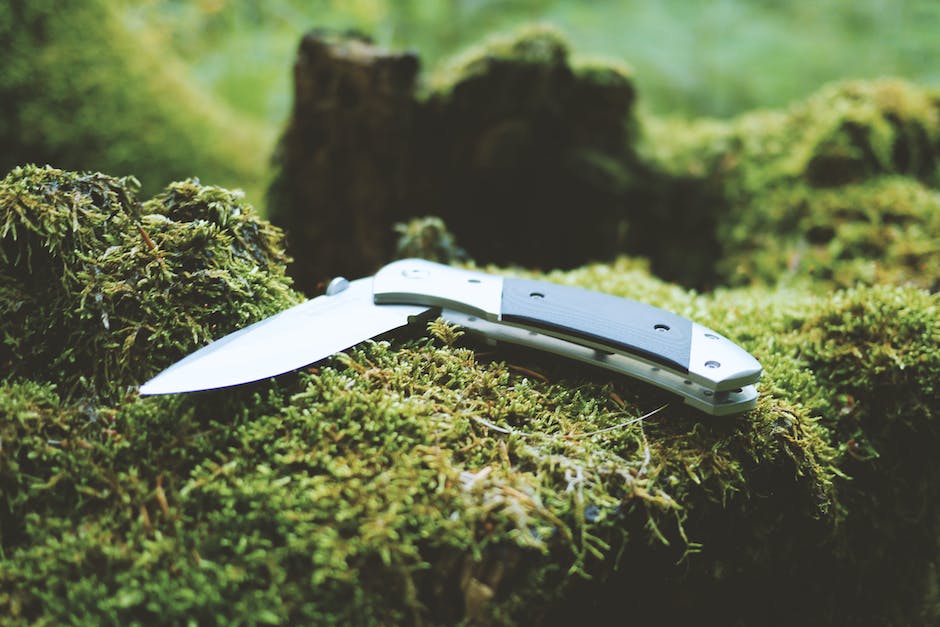
Solo travel can be expensive, especially if you want to make the most out of your experience. Consider planning your trip to coincide with the off-season to save money on lodging and other expenses. Camping instead of staying in hotels can help reduce expenses, so do some research before making any reservations.
You could also save money by preparing and cooking your food instead of dining in park restaurants. Lastly, consider purchasing an annual National Park Pass, which can give you access to multiple parks across the US at a great value.
7. Embrace Solitude
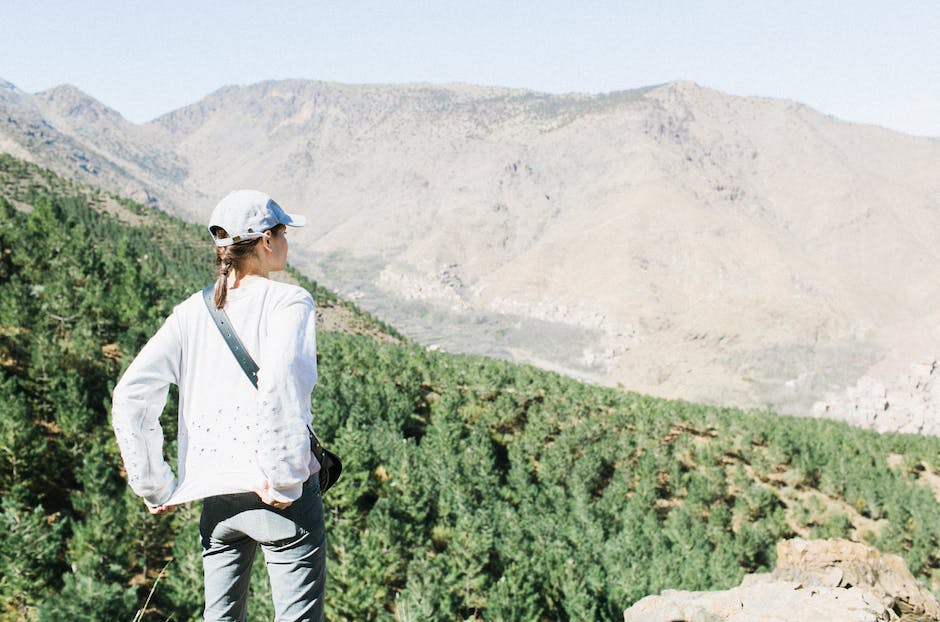
One of the best things about solo travel to national parks is that it offers an exclusive opportunity for self-reflection and introspection. Embrace the solitude and use it as a chance to disconnect from technology and recharge your batteries.
Try journaling, meditating, or simply spending some hours in the peaceful ambience and fresh air surrounded by nature. It is an excellent way to unwind and reflect on yourself and your experiences, creating lasting memories.
8. Join a Guided Tour
If you feel uneasy about exploring alone, joining a guided tour could be a perfect solution for you. This would allow you to meet new people, learn more about the park’s history, and ecology while still maintaining a sense of independence.
A guided tour could also allow you to access areas that would otherwise be limited due to restrictions (like a ranger-led nature walk). Whether a simple day trip or an extended itinerary, there’ll always be something to gain from joining a tour, and it is a great way to make new acquaintances and learn something new.
9. Try New Things
Traveling solo to a national park might be the right opportunity to move out of your comfort zone and broaden your skill set. Step outside, push yourself and try new things, like hiking a challenging trail or learning how to rock climb.
Solo traveling is all about trying something new and proving to yourself that you are up to the challenge. Who knows what hobbies or new interests could sprout from the experience?
10. Leave No Trace
Last but not least, remember to follow the principles of Leave No Trace when visiting national parks. You should help preserve these pristine destinations for generations to come. This means respecting the environment, packing out all trash you bring, and minimizing your impact on the land while exploring.
Always remember that you are a guest of the park and a respectful visitor should always follow these guidelines, ultimately helping our planet and ecosystems thrive.

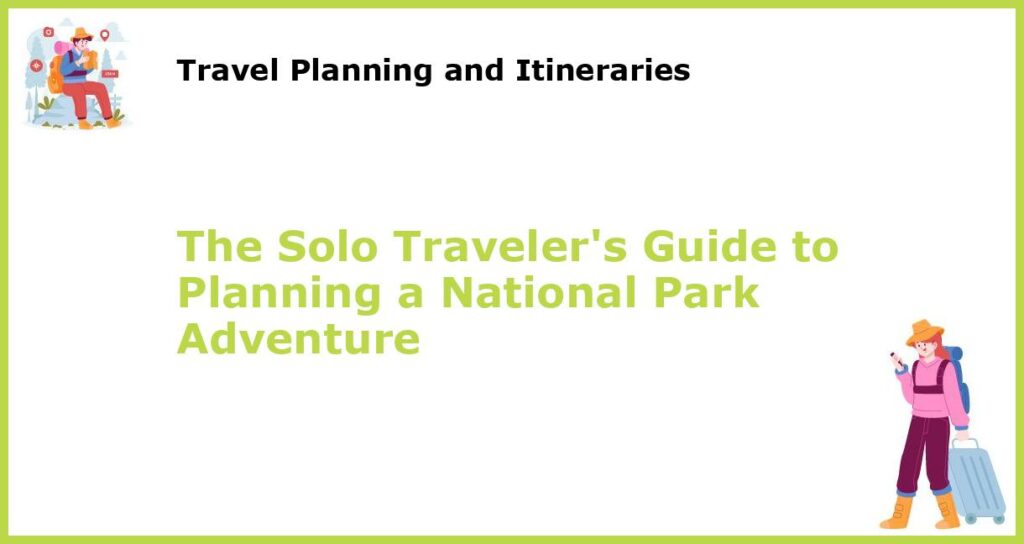






 You might also be interested in those articles related to solo traveling
You might also be interested in those articles related to solo traveling